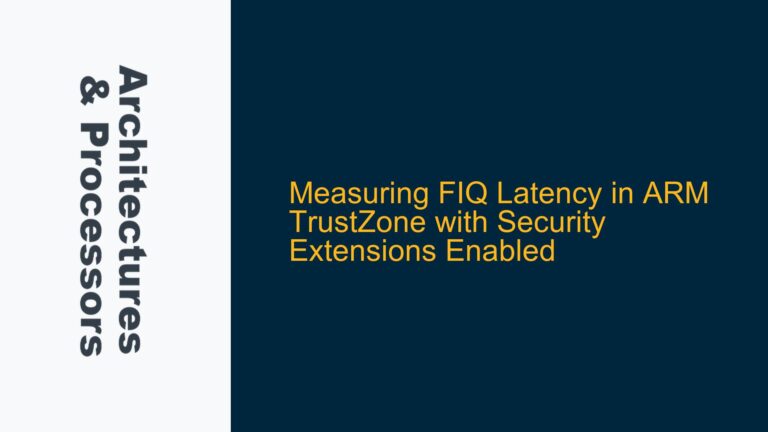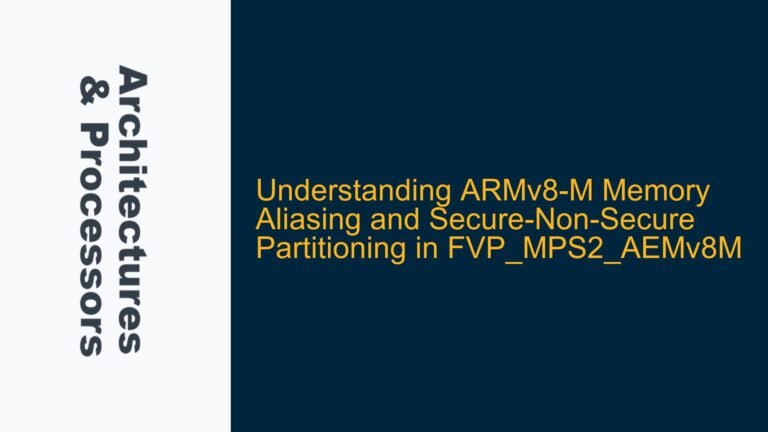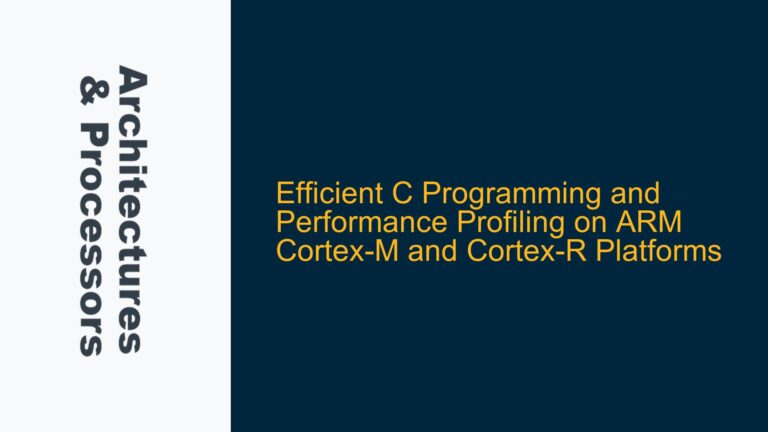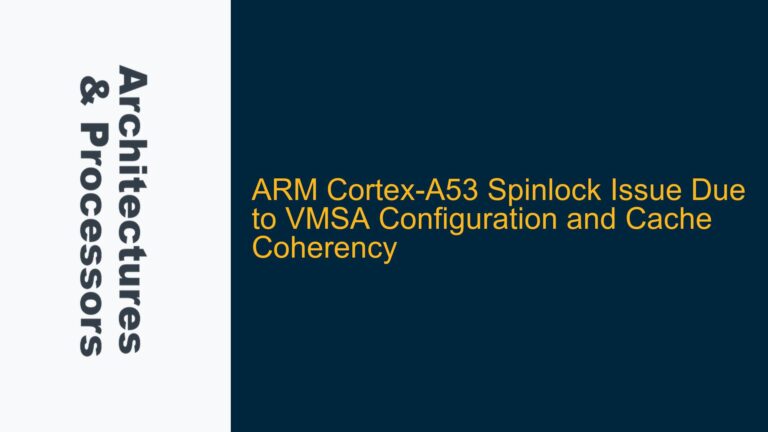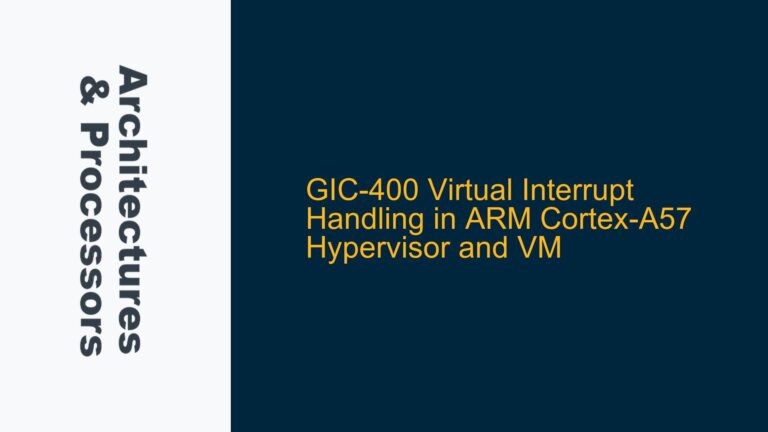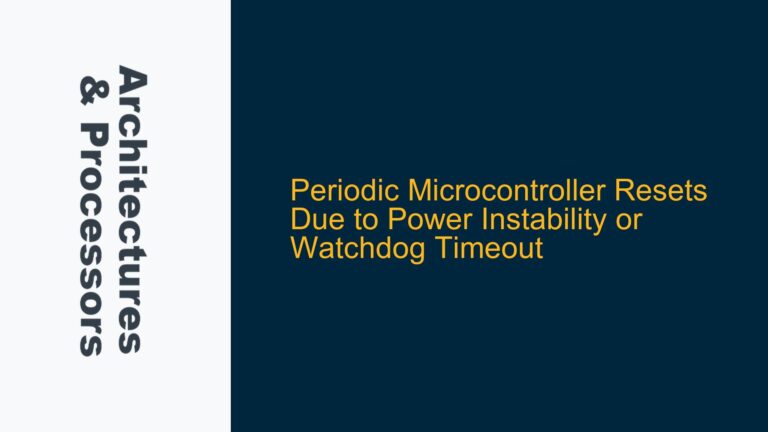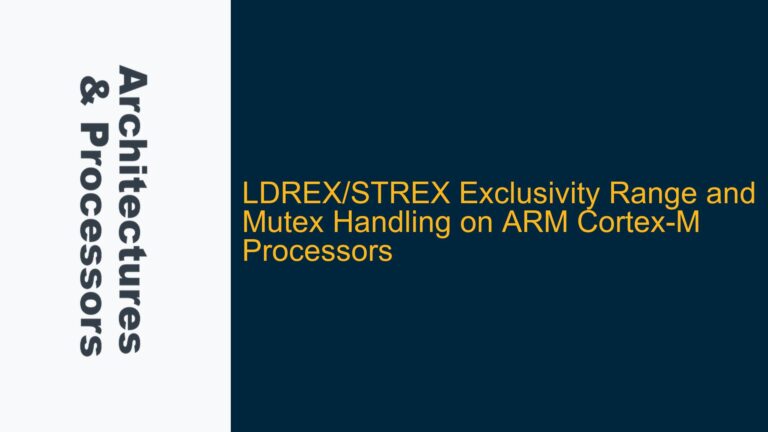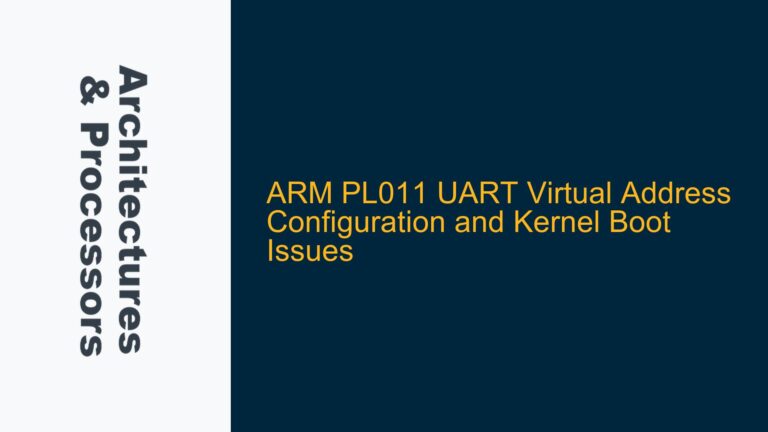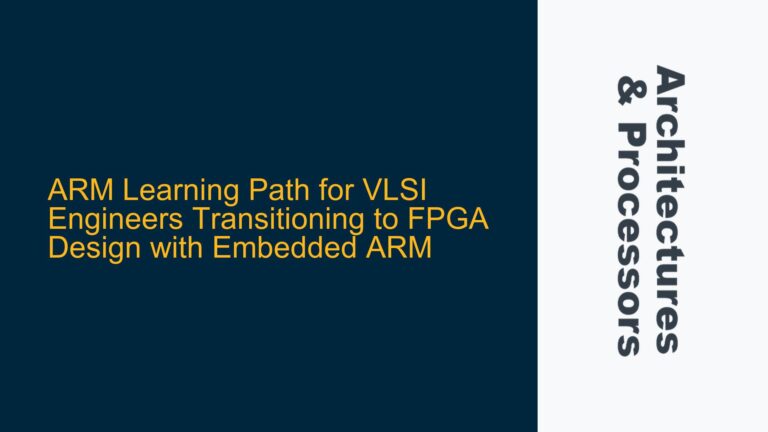Measuring FIQ Latency in ARM TrustZone with Security Extensions Enabled
FIQ Latency Measurement Challenges in ARM Cortex-A7 with TrustZone When working with ARM Cortex-A7 processors that have TrustZone security extensions enabled, measuring Fast Interrupt Request (FIQ) latency can be particularly challenging. The primary issue revolves around determining whether an FIQ occurred while the General Purpose Operating System (GPOS) was executing or while the Real-Time Operating…
